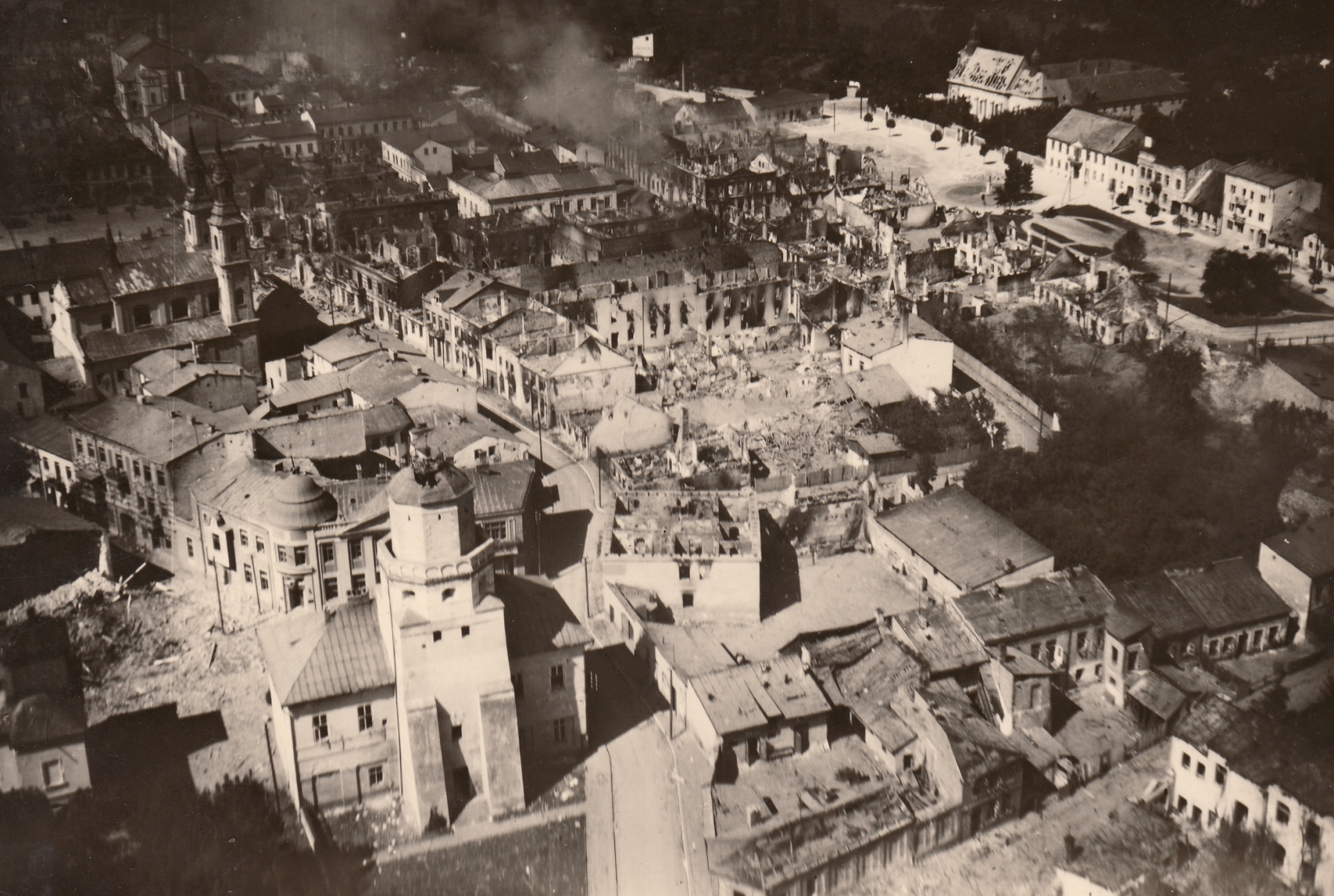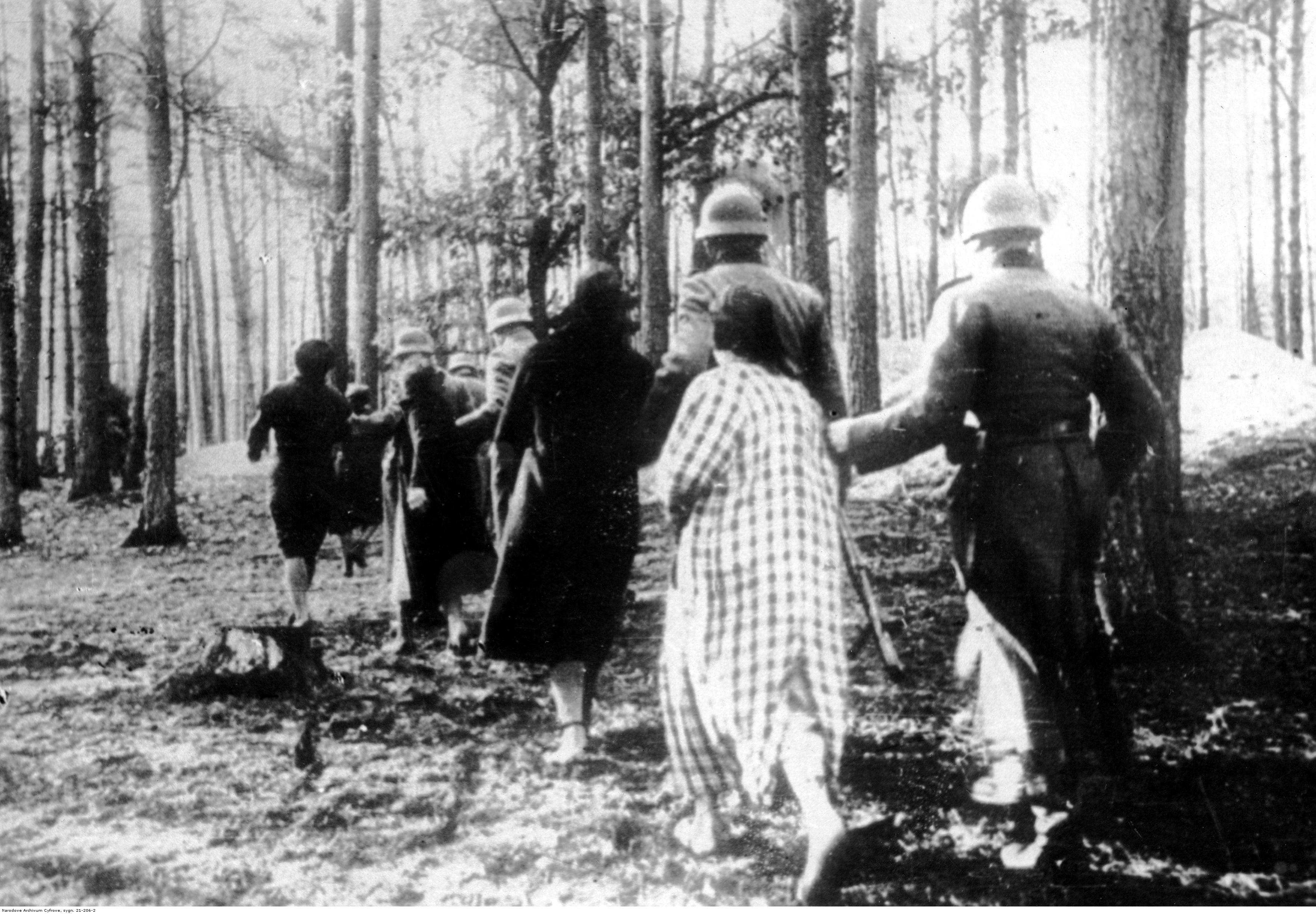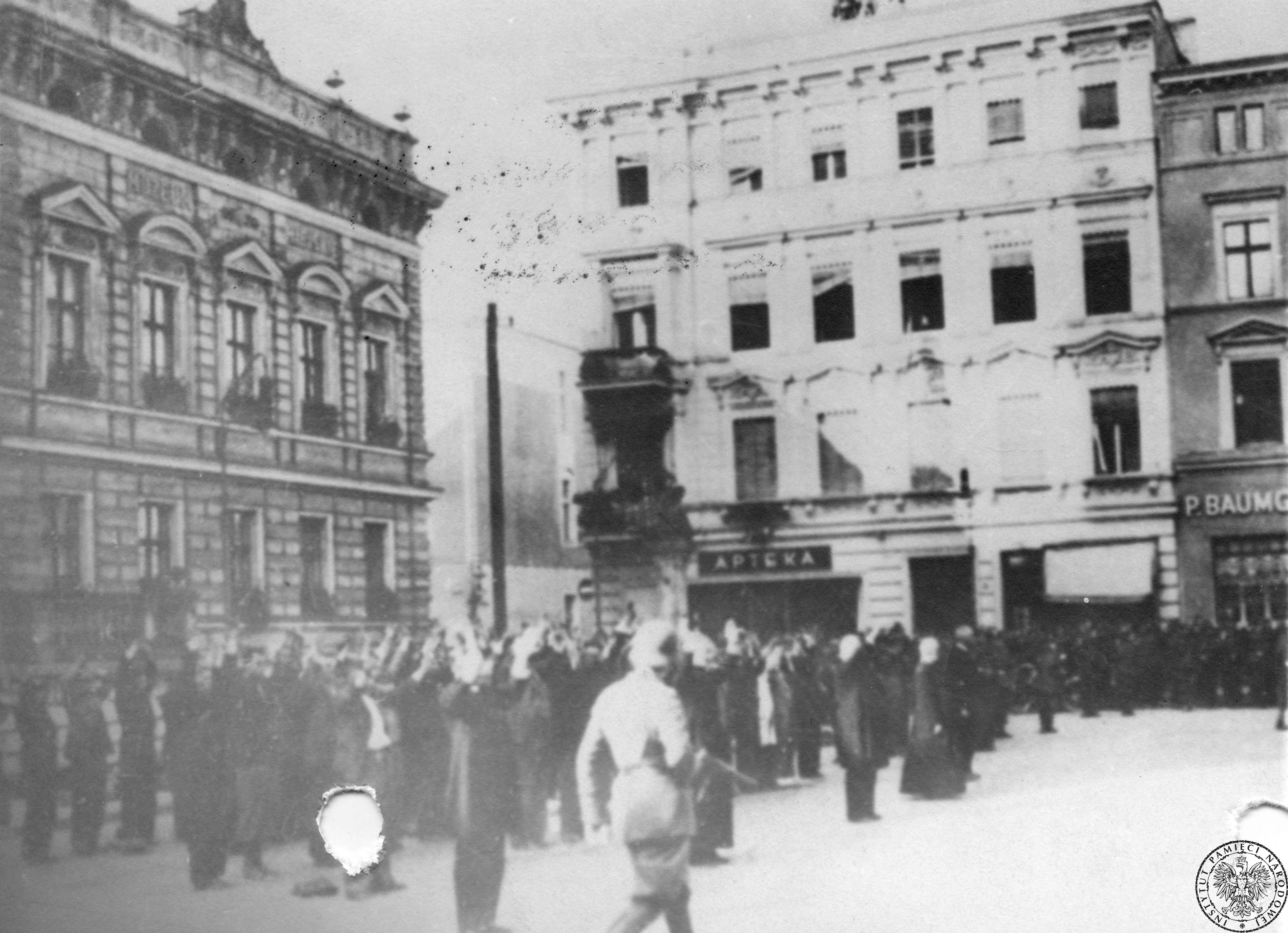The Second World War began with the invasion of Poland by the Nazi Third Reich on September 1, 1939. It was an unprovoked act of aggression by a militarily much more powerful state against its smaller neighbor. Its ultimate goal was, as indicated by Adolf Hitler, to acquire the appropriate “living space” (Lebensraum) allegedly essential for the Germans in order to boost the nation’s prosperity. According to these ideological principles, Poles living in the conquered territories in the East would have been expendable and in fact, undesirable. Not only by being unfit for Germanization because of their “racial inferiority” and virtually useless in all other respects, but also because by manifesting their hostility towards the Germans they were perceived as a potential threat. So, if in Mein Kampf Hitler barely mentions the Poles it is probably because of the conviction that discussing this issue, for obvious reasons, would have been redundant. Already in the Weimar Republic the opinion was often openly expressed, and not just among right-wing extremists, that the very existence of Poland was “unbearable” (unerträglich) to Germany.





